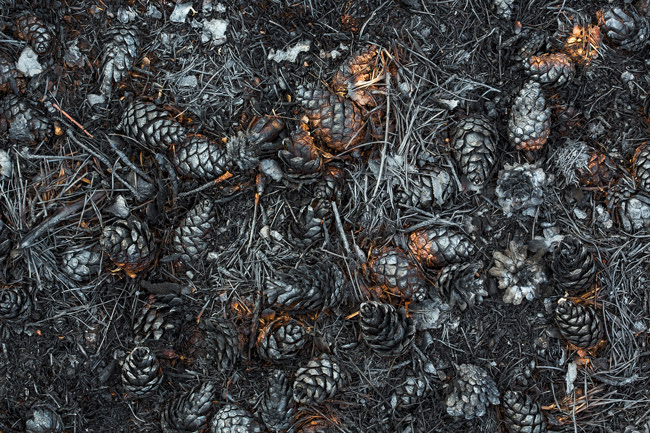
1. What was your path to become a photographer?
Although I have been interested in photography since I was a kid, it was only in 2003 that I really started with photography.
After secondary school I studied international and civil law and after some years of temporary jobs and a lot of travelling I started as a lawyer at a big law firm in Arnhem, the Netherlands, in the field of IT-law, internet law and copyright law. It was an interesting job and enjoyed it.
In 2003 I took a two months break from work to visit Namibia and Tanzania. It was my first trip with a ‘real’ camera (a simple analogue SLR from Canon) and I spent a lot of time taking pictures. I discovered that – contrary to the popular belief that you don’t really see anything when you look through your viewfinder the whole trip – I discovered all kind of things that I had never noticed before. Like the direction of the light and all kind of details in the landscape. It opened my eyes and from that moment I was hooked for photography.
In the years that followed, photography became more and more important to me and I spent more and more time on it. My pictures started to get noticed, I started to win awards at international competitions and got nice publications and presentations. At one stage, I found out I was getting stuck. My career as a lawyer had also developed, so I became a partner and got more responsibilities. This also meant of course less time for photography. When I also became a father in 2010 I got the feeling that I didn’t have time for anything anymore. My frustration as a photographer grew steadily, because I had so many plans for pictures and projects and I simply didn’t have the time to go out and execute them. So I knew the point had come to take a decision: I had to bury my ambitions as a photographer and make it just a hobby again or I had to jump into the deep and go for it. After a couple of restless weeks with a lot of thinking, calculating and talking, I decided to follow my heart and jump into the deep. Since January 1st, 2013, I am a fulltime professional photographer and I am still very happy I took the plunge.
2. Do you prefer to take photos close to home or do you find faraway places more inspiring?
I love to photograph close to home, because it makes it a lot easier to be at the right place at the right time and it enables me to work on long term projects. Having said that, I must admit it can sometimes be hard to be a landscape or nature photographer in the Netherlands, because we do not have any extensive and spectacular areas of wilderness left. This means you have to work a bit harder and maybe be more creative to make something out of it. This is what I tried in my latest photo book Dreams of wilderness that is covering nature in The Netherlands and Belgium.
In my foreign travels I have focussed on Iceland for many years, simply because it fulfilled all my photographic desires. It is a country that will keep inspiring me, although I have been there many times already. When I am there I feel closer to nature than I do anywhere else. It is as if I experience nature more intensely here. Iceland gets under my skin, moves me, and overwhelms me. Time and time again.
Of course I am not the only one that is inspired by Iceland, so since last year I have been starting to travel to other countries to for photo projects.
3. Are you a meticulous pre-planer or do you prefer creating images spontaneously?
I think if there was a scale from meticulous pre-planner on the one side and spontaneous creator on the other side, that I used to be completely on the spontaneous side. The last years I have moved a bit towards the middle. I now see the benefits of planning ahead. But I don’t want to lose my spontaneity because I feel it is one of my strengths as a photographer.
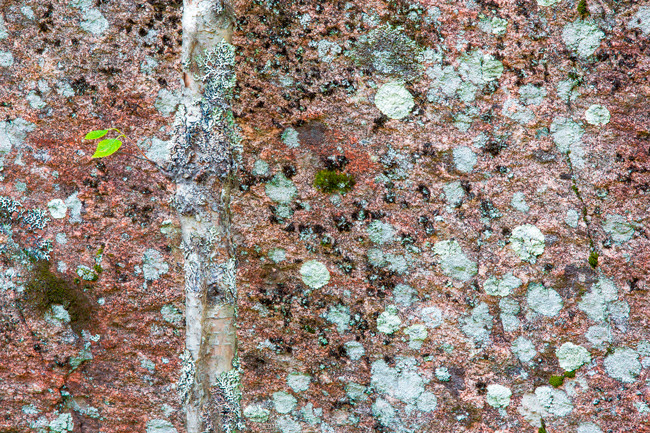
4. Terra Quantum displays themes and series portfolios; do you like working to the project or find creating individual images more rewarding?
Nowadays I am working mainly on projects, for several reasons. I like working on a certain subject for a longer period, it gives me motivation and inspiration and also focus. The last thing is very important, because sometimes there are so many options for photographs that you could start to panic. Furthermore I think as a professional photographer it is much easier to get attention for photo stories or projects than for a collection of single images without much coherence..
5. Can you tell us a bit more about your 2 chosen photographs – what is the story behind them, when/why/how they were created?
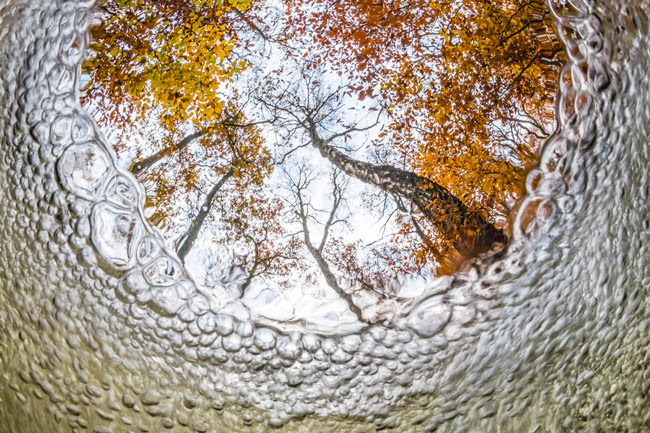
Fish-eye view for some time I have been fascinated by the dynamics of underwater landscapes in small mountain streams and brooks. In a small brook in the Netherlands (Leuvenumse beek) I found a small waterfall, just under a couple of beautiful autumn trees. I got into the water with my underwaterhousing and experimented with half over half under images, with the bubbles of the waterfall combined with the autumn landscape above the surface. I consider this as one of the best pictures from my project ‘the journey of the autumn leaves’ and it is an example of the type of pictures that I try to take, giving a new and surprising view of nature. It is also special to me because it was the runner up in the creative visions category of wildlife photographer of the year in 2013, so it has been seen by millions of people all over the world.
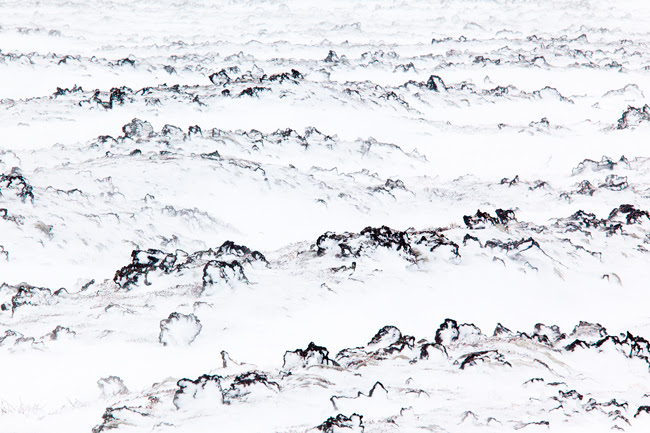
Lava field in blizzard – this is also a typical image for me I guess, it was taken in Iceland, in winter, it shows details in the landscape and it is pretty graphical. The image was taken in the winter of 2010 in the North of Iceland, close to the geothermal fields of Krafla. It was bitter cold and it was storming and snowing the whole day. Unless it is totally irresponsible, I like to go out on days like this, because they often provide me with opportunities for unique photographs. Usually there are not many other people out there.
6. What is your favourite lens/camera/equipment and how this choice affects your photography?
I like to work with a full frame camera (for me nowadays a Canon 5DS-R) and I often photograph with my 70-200 telezoom lens. I guess this lens fits very well to how I look at landscapes and details in landscapes and it enables me to show only the parts of the landscape that interest me. When I am using a wide angle lens, I often find that there is too much on the picture and that not every element is contributing to what I want to show.
7. Do you find printing your images yourself as an integral part of image creation or do you use professional labs?
Until now, I haven’t printed my own work yet. I have some good addresses that usually deliver very good quality. I would like to learn it though one day, as I believe you can give an extra personal touch to a picture if you print it yourself.

8. Do you think that social media is killing photography or playing an important role in promoting your work?
Probably both! There is no denying that social media and internet have changed the business of photography completely and that the value of pictures has reduced dramatically. Maybe it is good that I haven’t been around in the golden years, when it was easy to make a living just out of stock photography. When I started as a professional photographer I knew that the market had changed completely and that I should use the opportunities that internet and social media provide to promote my work. And it is interesting to find out what works and what doesn’t.
9. Do you have any plans for exhibitions, books or any interesting projects for 2016 and 2017?
I just started working on a new book project about coastal landscapes in Europe, that will take me to Scotland and Spain later this year. It is a bit too early to describe it here in detail, but I am very excited about it.
Furthermore I will probably focus a bit more on the relationship between man and nature, for me a fascinating and important subject.
10. We are living on the most beautiful planet, yet it is over-burdened and over-polluted. As photography is an influential medium, do you use the power of your photographs to promote our Earth appreciation and environmental awareness?
Yes I do. Although I don’t consider myself as a conservationist photographer, I do recognize the power of photography and hope that my pictures contribute to more appreciation for nature and thereby also to the conservation of nature. My main way of doing this is showing people the surprising details of nature, that are on everybody’s doorstep but are often overlooked.
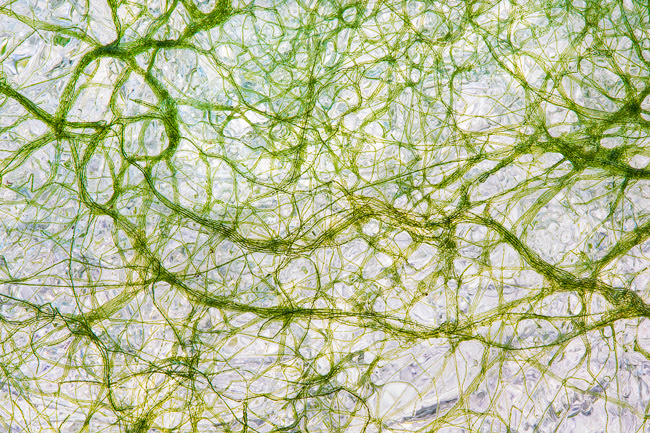
www.theobosboom.nl

